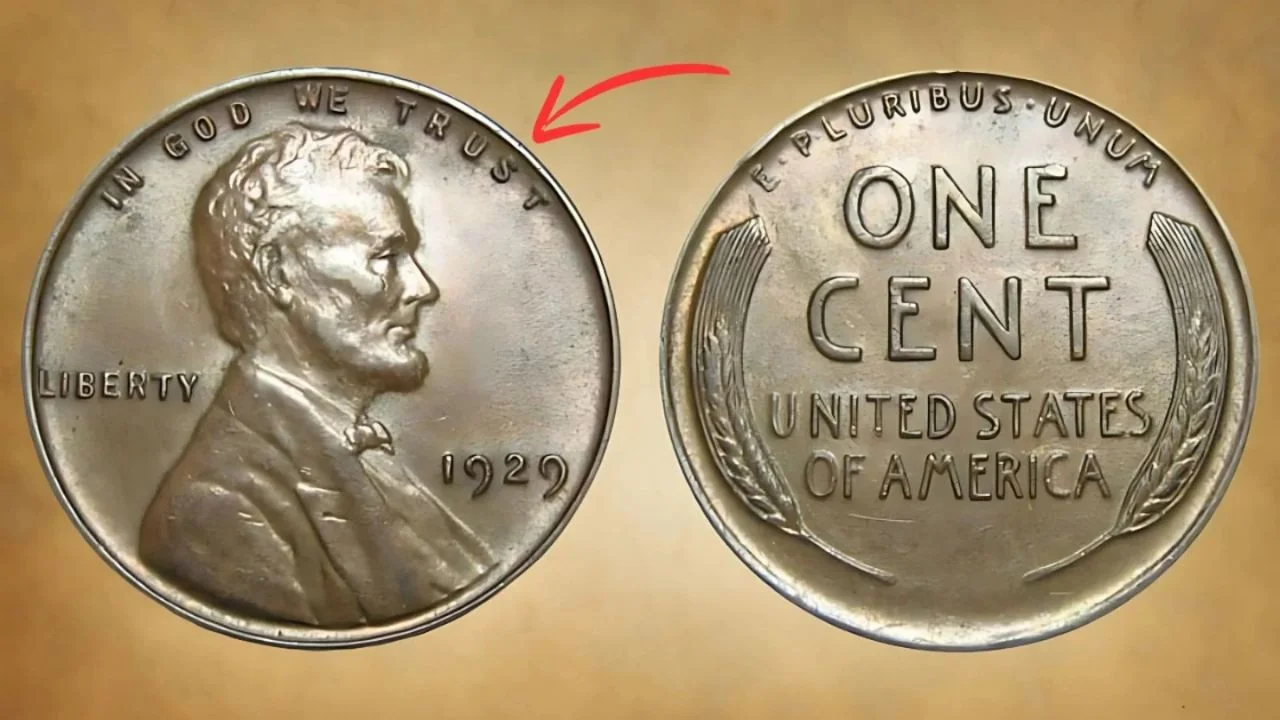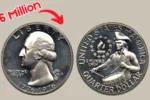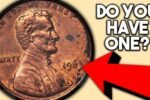The Lincoln Wheat Penny Valued at $6.5 Million, Still in Circulation?
Imagine picking up a penny from the floor or finding one in your change and later discovering it’s worth $6.5 million. Sounds unreal, right? But for coin collectors and rare currency experts, this is exactly what makes the world of coins so fascinating. One particular coin, the Lincoln Wheat Penny, has stunned collectors with its jaw-dropping value.
The most talked-about example is a rare version of the Lincoln Wheat Penny, believed to be worth around $6.5 million due to its extreme rarity, historical value, and condition. Even more exciting, experts believe a few of these coins could still be out in circulation—sitting unnoticed in jars, wallets, or old drawers.
This article will explain why this humble coin is worth so much, what to look for, and whether you might actually have one.
What Is a Lincoln Wheat Penny?
The Lincoln Wheat Penny was first minted in 1909 and continued until 1958. On the front, it features a profile of Abraham Lincoln, while the reverse side shows two wheat ears, one on each side of the words “ONE CENT.”
It was the first U.S. coin to bear the face of a real person, replacing the older Liberty designs. While millions of these pennies were made, certain years, mint marks, and printing errors make some of them incredibly rare.
Overview Table – Rare Lincoln Wheat Pennies and Their Value
| Coin Type / Year | Mint Mark | Estimated Value | Reason It’s Valuable |
|---|---|---|---|
| 1943 Copper Lincoln Penny | No Mint / D / S | Up to $6.5 Million | Mistakenly made from copper during war |
| 1909-S VDB | S | $1,500 – $100,000+ | Low mintage, VDB initials on reverse |
| 1914-D | D | $1,000 – $10,000+ | Rare due to low production |
| 1922 No D | No D | $500 – $5,000 | Missing mint mark error |
| 1955 Double Die | No Mint | $1,500 – $20,000+ | Double image of lettering |
| 1944 Steel Penny | No Mint / D | $75,000 – $110,000 | Steel used by mistake instead of copper |
Why Is the 1943 Copper Penny Worth $6.5 Million?
The most valuable Lincoln Wheat Penny is the 1943 copper penny. In 1943, pennies were supposed to be made from steel to save copper for World War II. However, a few copper planchets (the blanks used to make coins) accidentally ended up in the machines.
Only a small number of these copper pennies were made, and even fewer have been found. They look very similar to normal pennies but are not magnetic (since copper isn’t). If one ends up in your hand, it could be worth millions.
A genuine 1943 copper penny in mint condition was reportedly sold for $6.5 million at a private auction, making it one of the most expensive coins in U.S. history.
Could These Rare Pennies Still Be in Circulation?
Surprisingly, yes. While most rare coins are already in collections or museums, it’s still possible that a few are floating around in everyday use. People may have found them in the past and never realized what they were.
Here are common places where rare coins are still found:
-
Old piggy banks or coin jars.
-
Pocket change after shopping.
-
Coins inherited from parents or grandparents.
-
Mixed coin rolls from banks or coin machines.
-
Garage sales, flea markets, or estate sales.
The key is knowing what to look for and taking the time to check your pennies.
How to Check If You Have a Rare Penny
If you’re curious about your coins, here are a few tips:
-
Check the year – Look for 1943, 1909, 1914, or other rare years.
-
Look at the mint mark – Located under the date (D = Denver, S = San Francisco, no letter = Philadelphia).
-
Use a magnet – A 1943 steel penny will stick to a magnet; a copper one won’t.
-
Look for doubling – Some rare pennies have double lettering (especially 1955).
-
Compare with photos online – Or better, consult a coin expert.
Never clean your coin, as it may reduce its value. Use gloves if you’re handling a coin that looks valuable.
What Should You Do If You Think You Have One?
If you find a Lincoln Wheat Penny that looks rare, don’t panic or try to sell it quickly. Follow these steps:
-
Take clear pictures of both sides.
-
Do not clean the coin—this can lower its value.
-
Compare it with known rare pennies online.
-
Visit a coin dealer or grading service (such as PCGS or NGC) to get it evaluated.
-
Keep it safe in a protective case or envelope.
A professional can tell you whether it’s genuine and how much it might be worth. If it turns out to be a rare one, auction houses or collectors may offer top dollar.
Frequently Asked Questions (FAQs)
1. How many 1943 copper pennies are known to exist?
Only around 10 to 15 genuine 1943 copper pennies are known to exist. That’s why they are so valuable.
2. How can I tell if my 1943 penny is steel or copper?
Use a magnet. Steel pennies stick to magnets; copper ones don’t. Also, steel coins usually look grayish, while copper ones are brown or reddish.
3. Are all Lincoln Wheat Pennies worth money?
No, many are common and only worth face value. But certain years, mint marks, and errors make some worth hundreds or thousands of dollars.
4. Is it legal to sell rare pennies?
Yes, it is completely legal to sell rare coins. Just make sure you get them properly graded or appraised to avoid being underpaid.
5. Can I still find Wheat Pennies in circulation?
Yes, though it’s rare. Some people still use them without realizing their value. Coin rolls from banks are one of the best places to look.
Conclusion
The story of the $6.5 million Lincoln Wheat Penny shows how something so small can carry so much value—both in history and money. While rare, these pennies may still be out there, hiding in old change jars or being handed out as simple pocket change.
With a little knowledge and a close eye, you might just discover a fortune in your own home. So the next time you get a penny, don’t toss it aside. Look closely—you could be holding a piece of American history worth millions.



